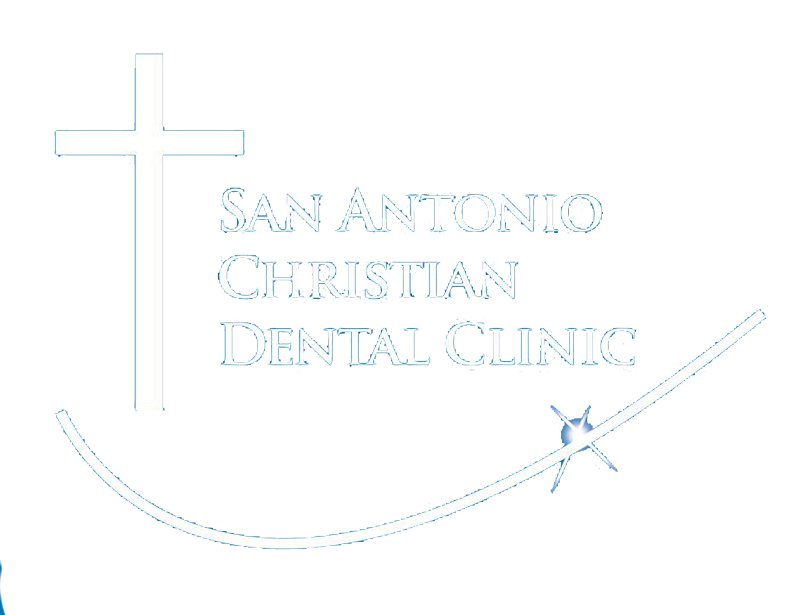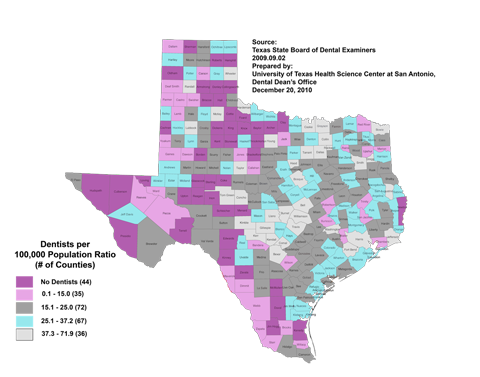Oral Health
We often get asked why we work to meet dental needs. Below are some of the reasons we do what we do.
Why Oral Care?
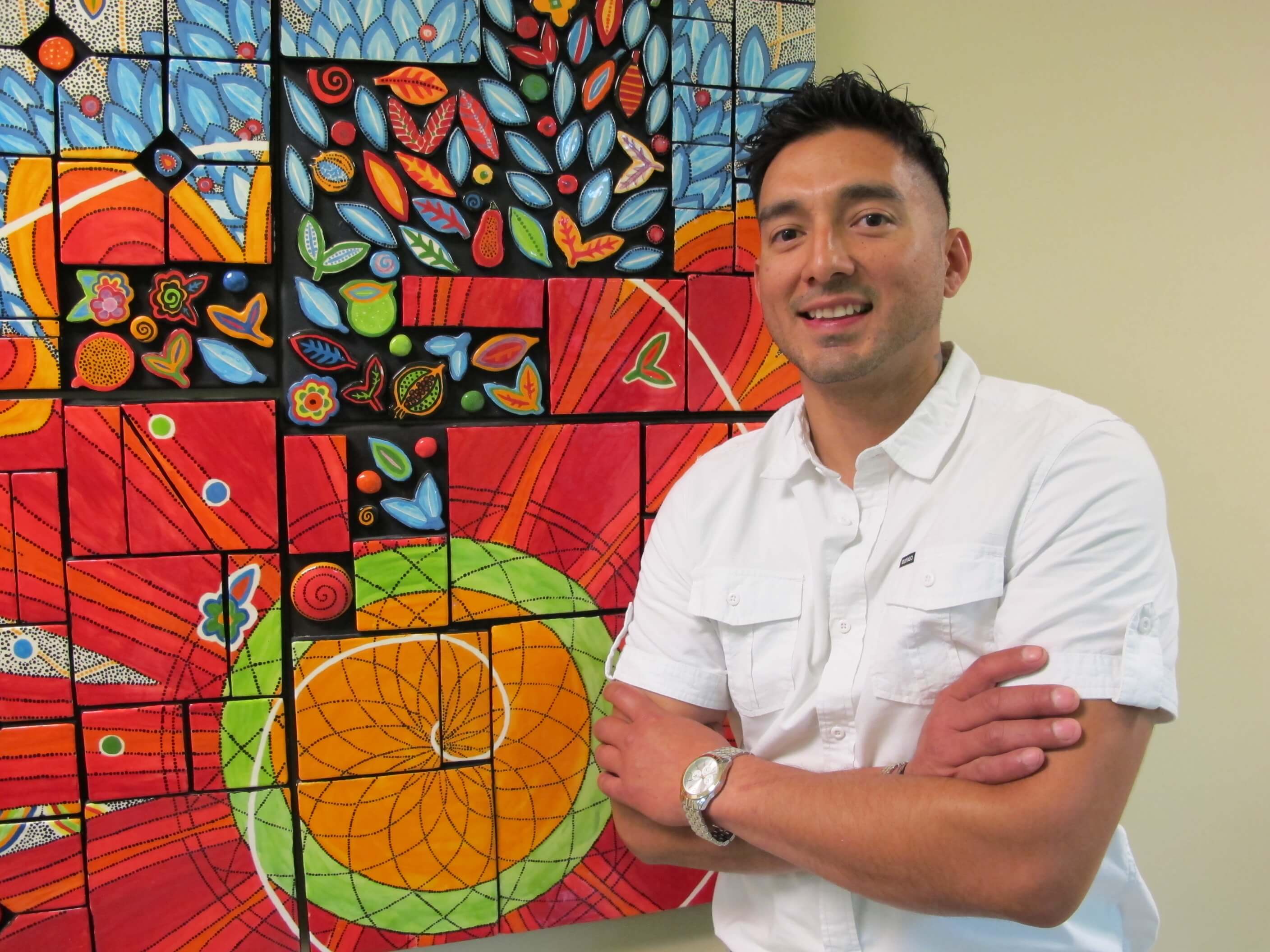
Health and Employment
The fact is that while dental disease is easily treated and prevented, poor dental health has the potential to threaten nutrition, speech, and general health. Visible decay can erode self-confidence, and personal interactions, and have a huge effect on employment options.
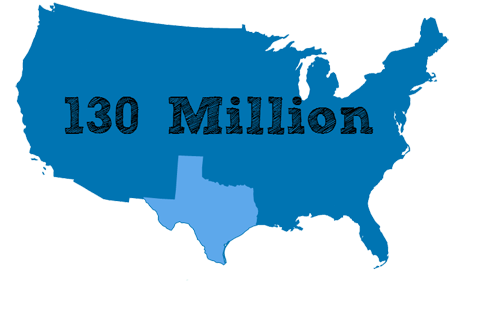
High Cost
Across the country, an estimated 130 million Americans lack dental insurance. Challenges, including the high cost of insurance and a lack of low-cost services, affect low-income families and Hispanics disproportionately.
Point in Time
For three consecutive years, San Antonio’s homeless population cited dental care as their highest need and statewide, only about 14% reported receiving the dental care they needed.
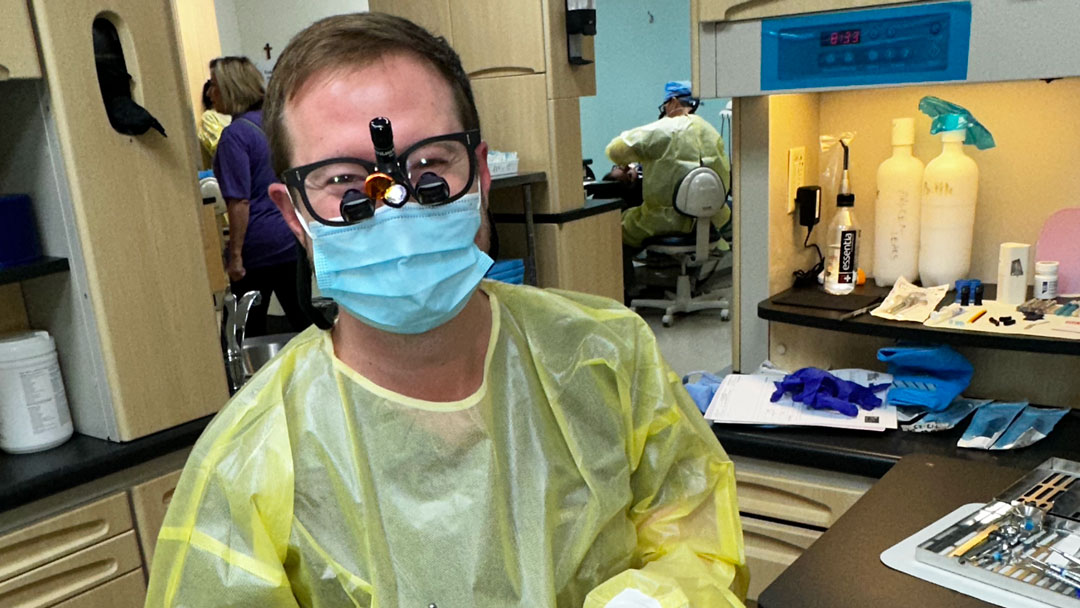
Point in Time
For three consecutive years, San Antonio’s homeless population cited dental care as their highest need and statewide, only about 14% reported receiving the dental care they needed.
Lost Work
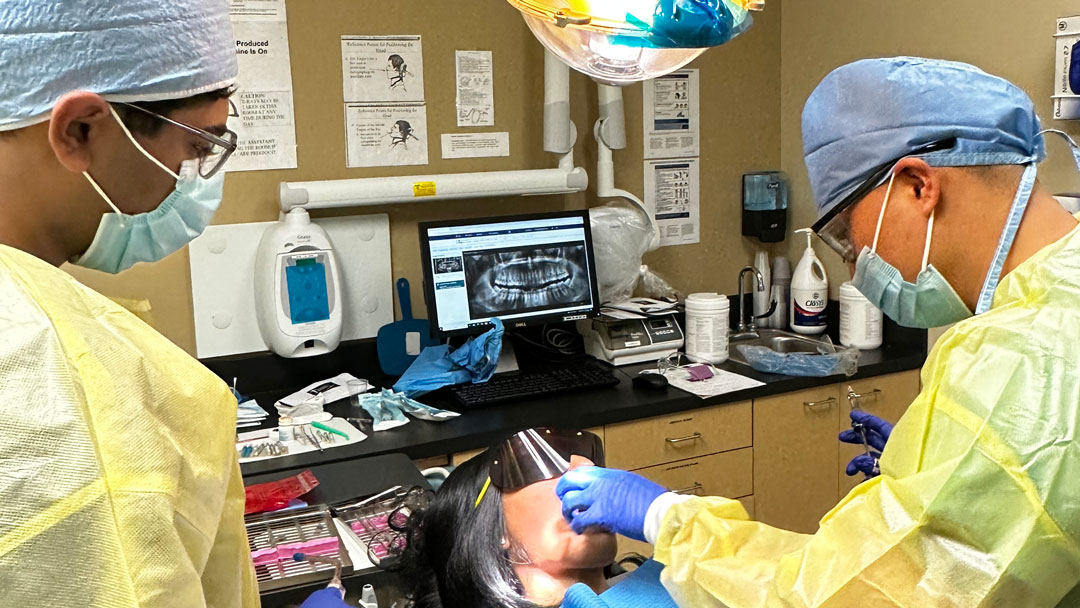
Lost Work
Untreated Needs
Tooth decay is one of the country’s most chronic health challenges even though disease is easily prevented and treated through access to ordinary, routine care. For homeless or low-income adults, a dental visit may translate to day wages, missed school, a day’s meals, or significant costs like transportation or childcare.
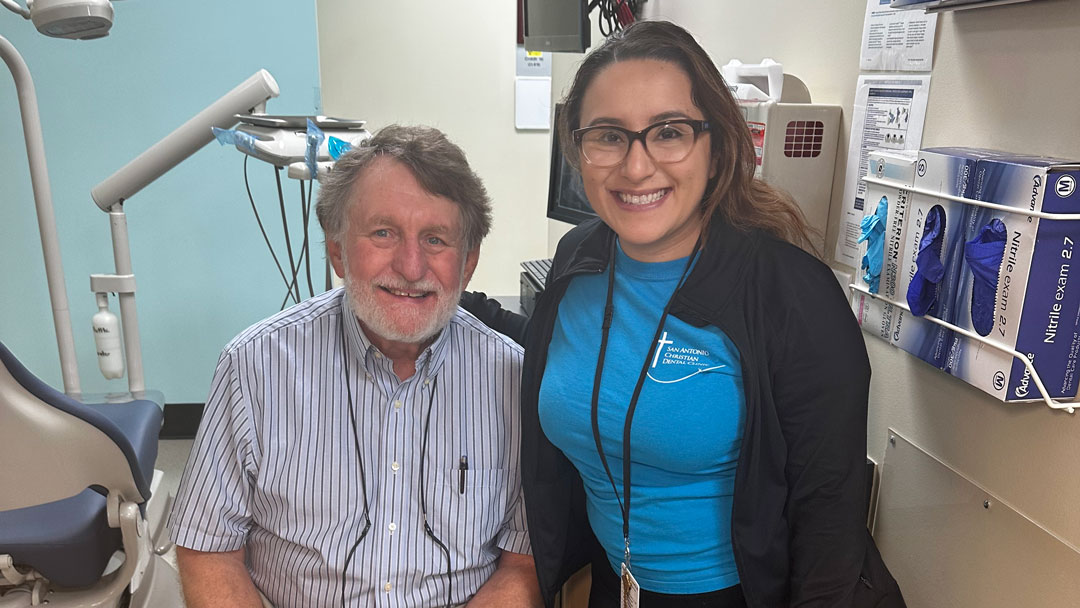
Untreated Needs
Tooth decay is one of the country’s most chronic health challenges even though
Chronic Costs
The goal of preventive care is to stay healthy. The idea is to nip disease and associated costs in the bud before they become catastrophic. Preventive care helps patients avoid or minimize costly procedures such as dentures, surgery, extractions, or root canals.
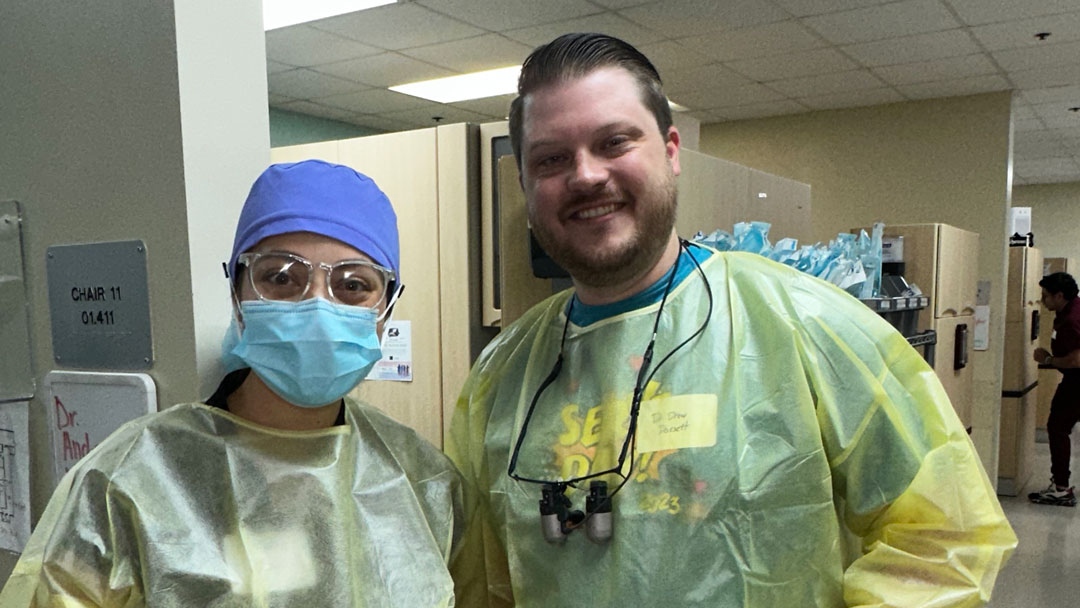
Chronic Costs
Contact Us
Phone
Mailing Address
P.O Box 831750 San Antonio, Texas 78283
